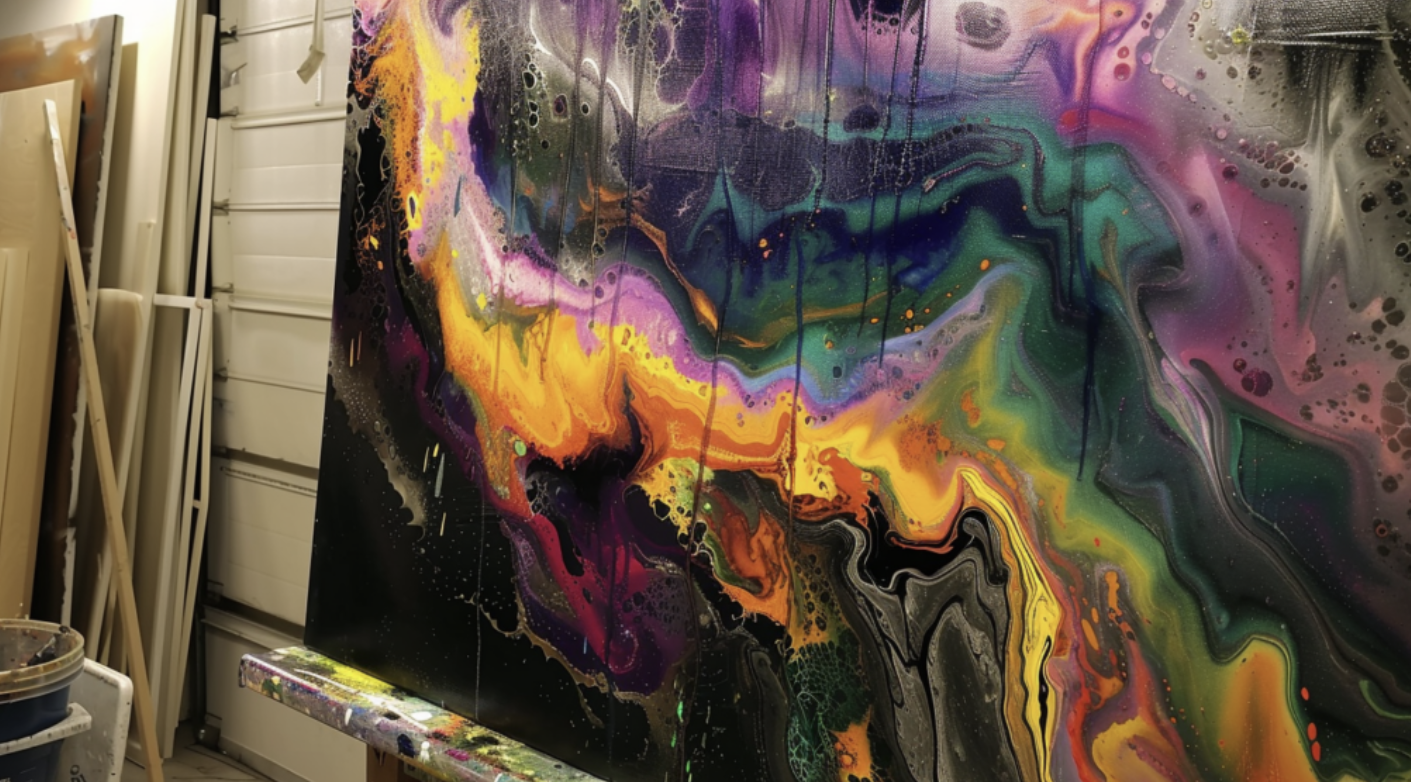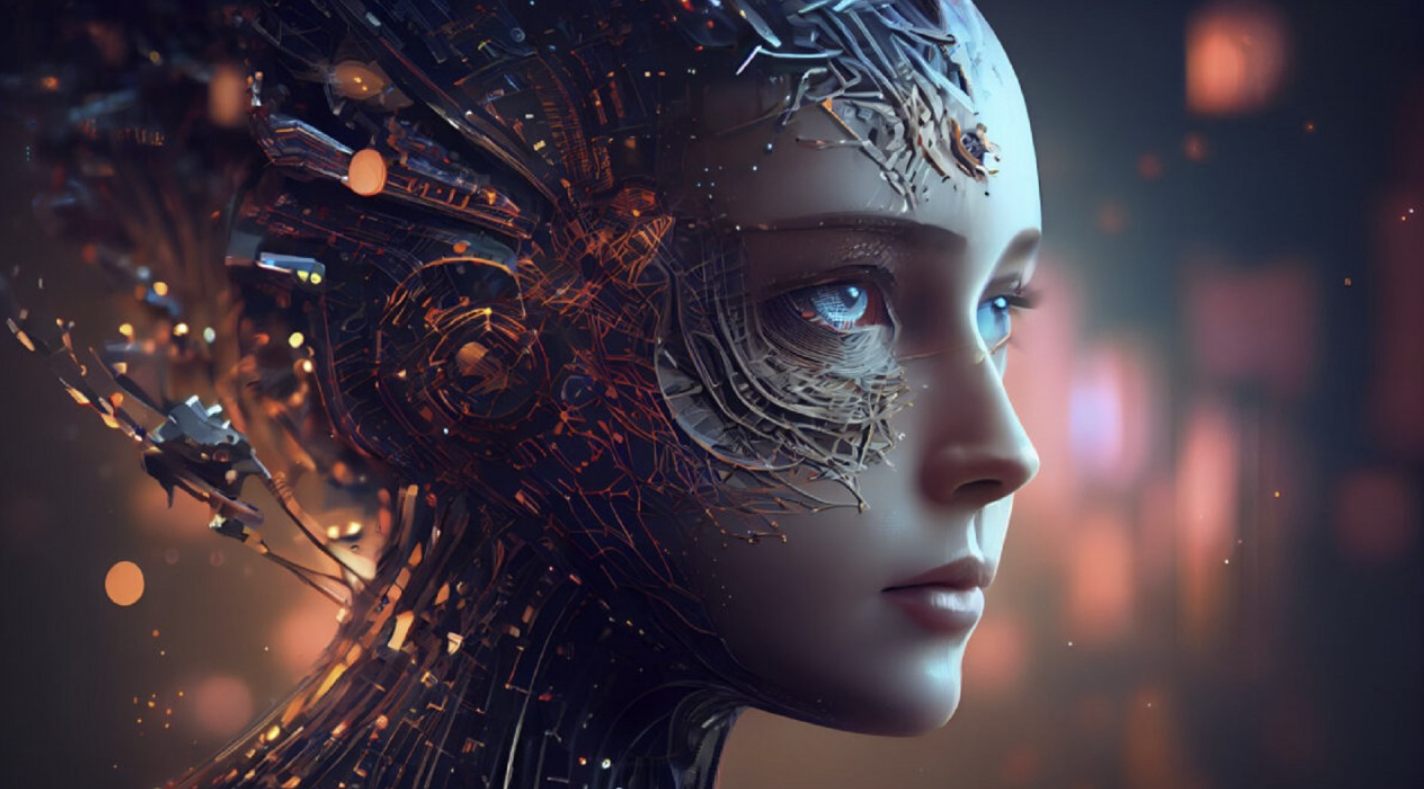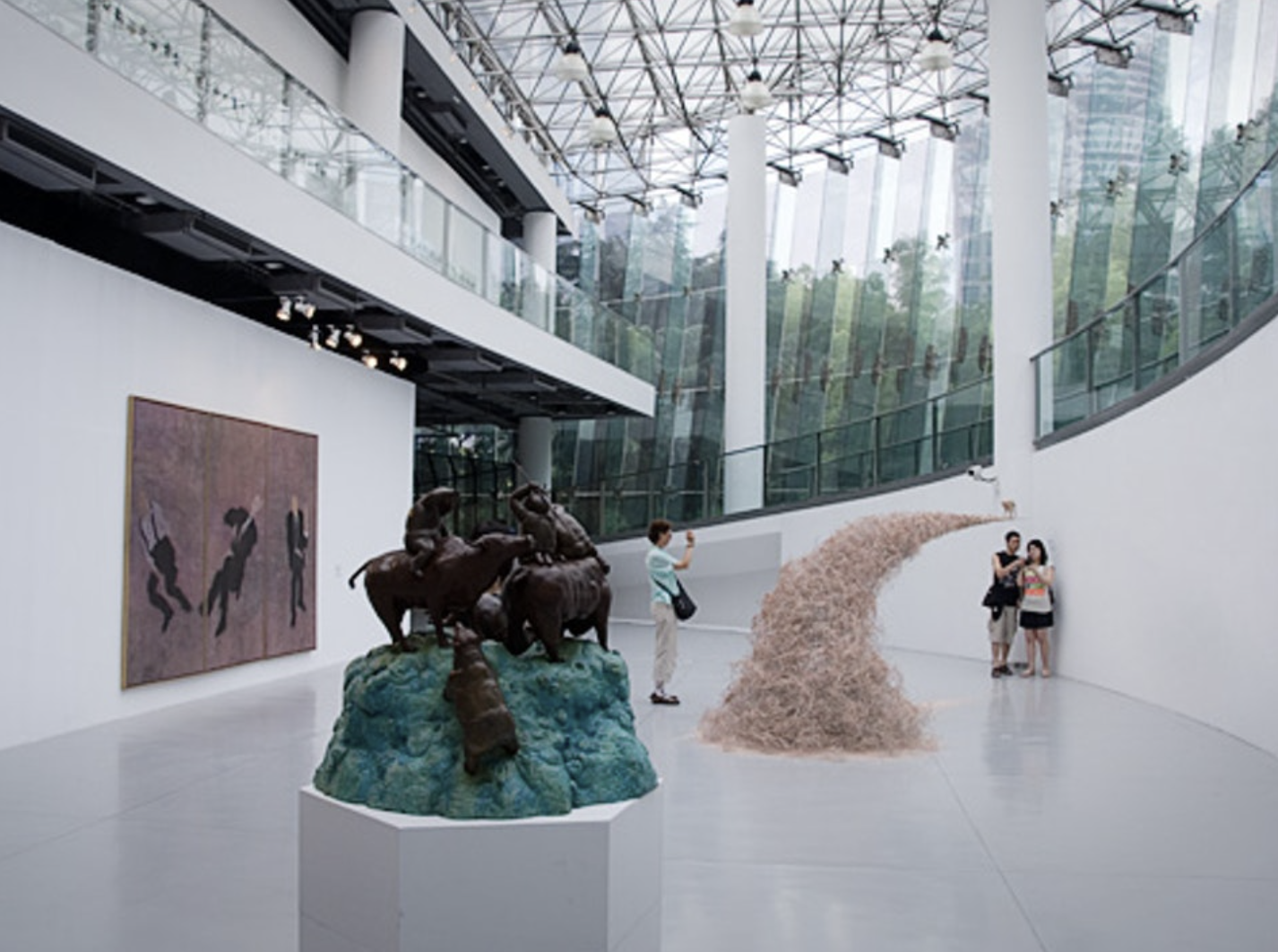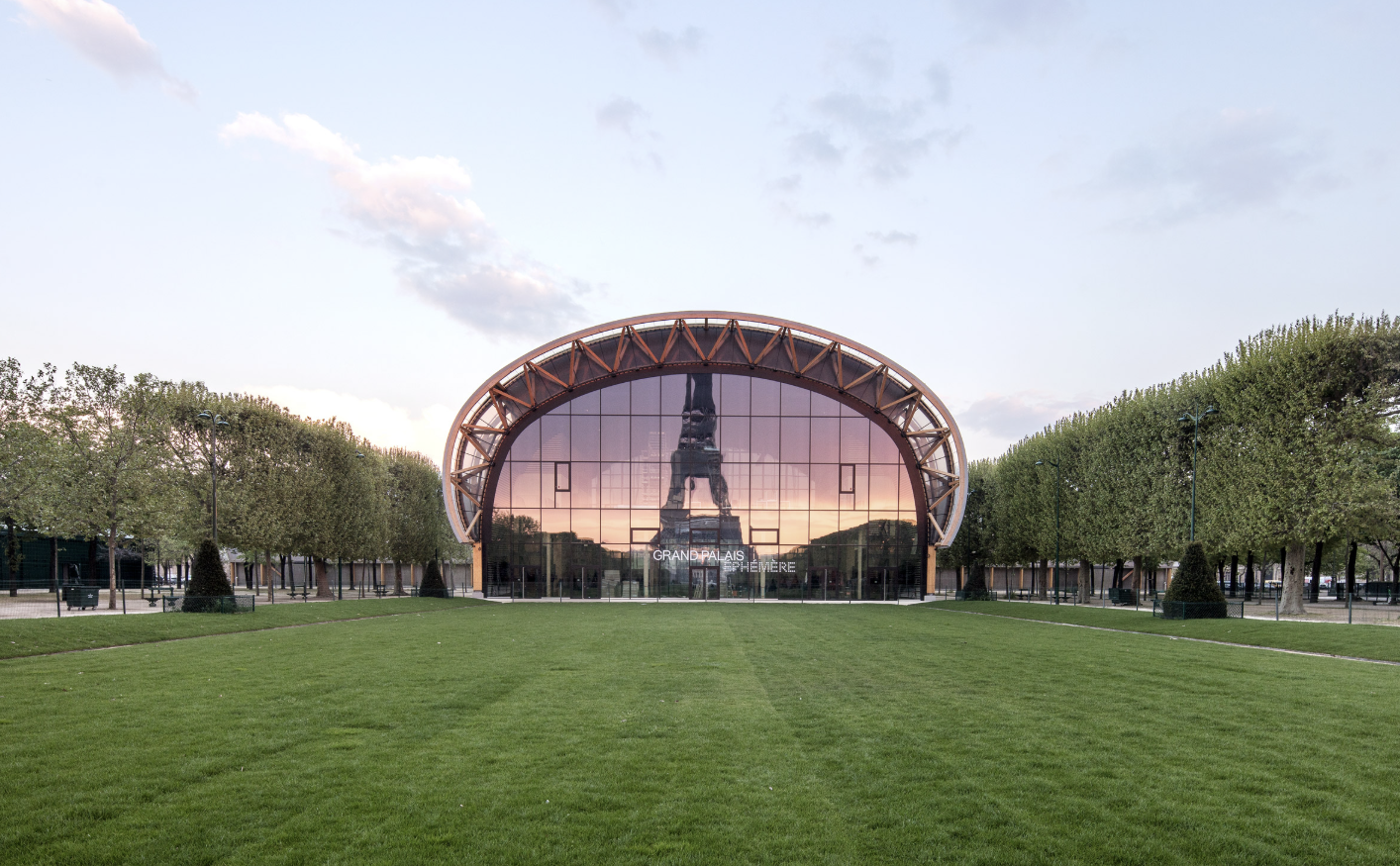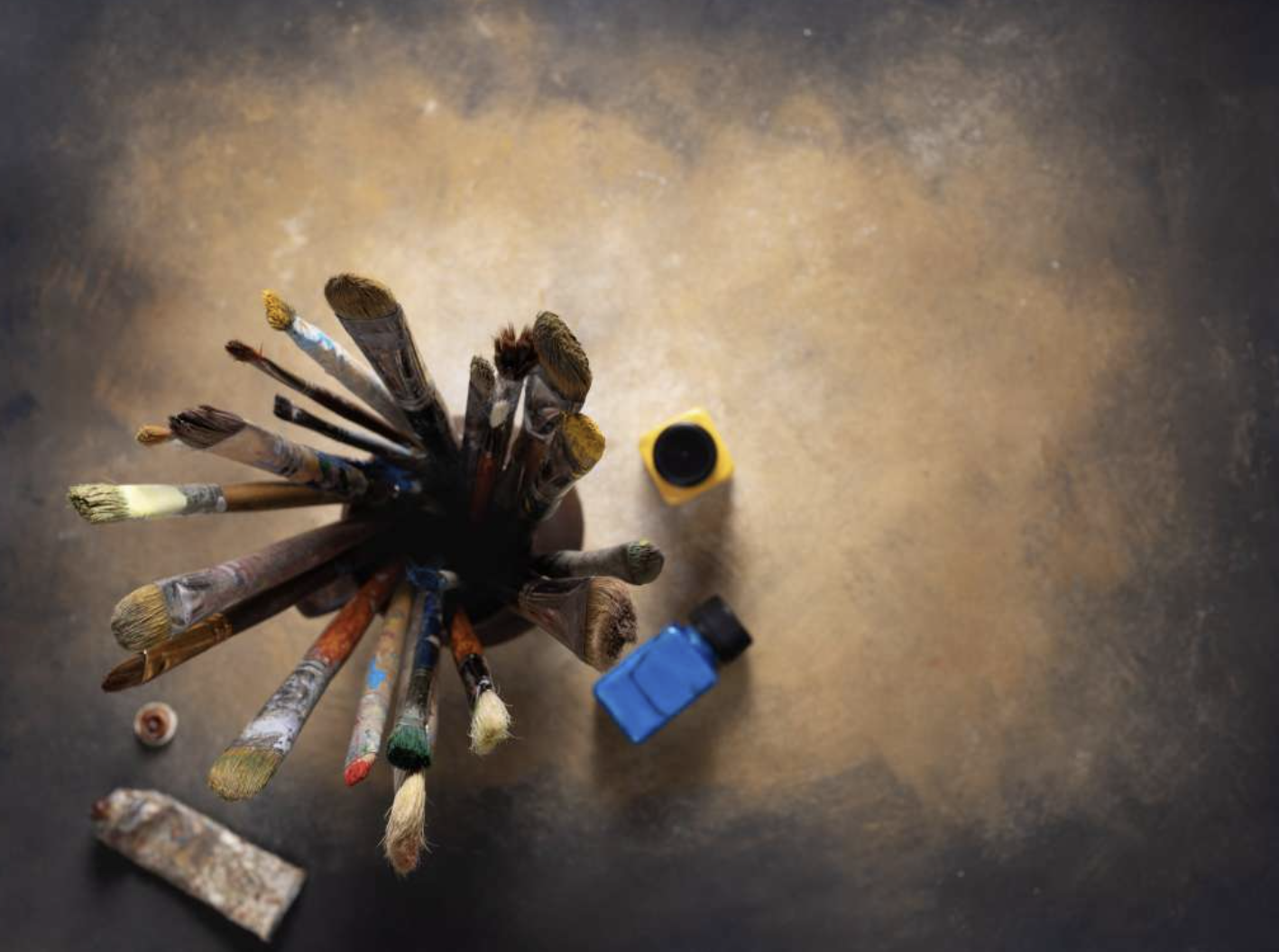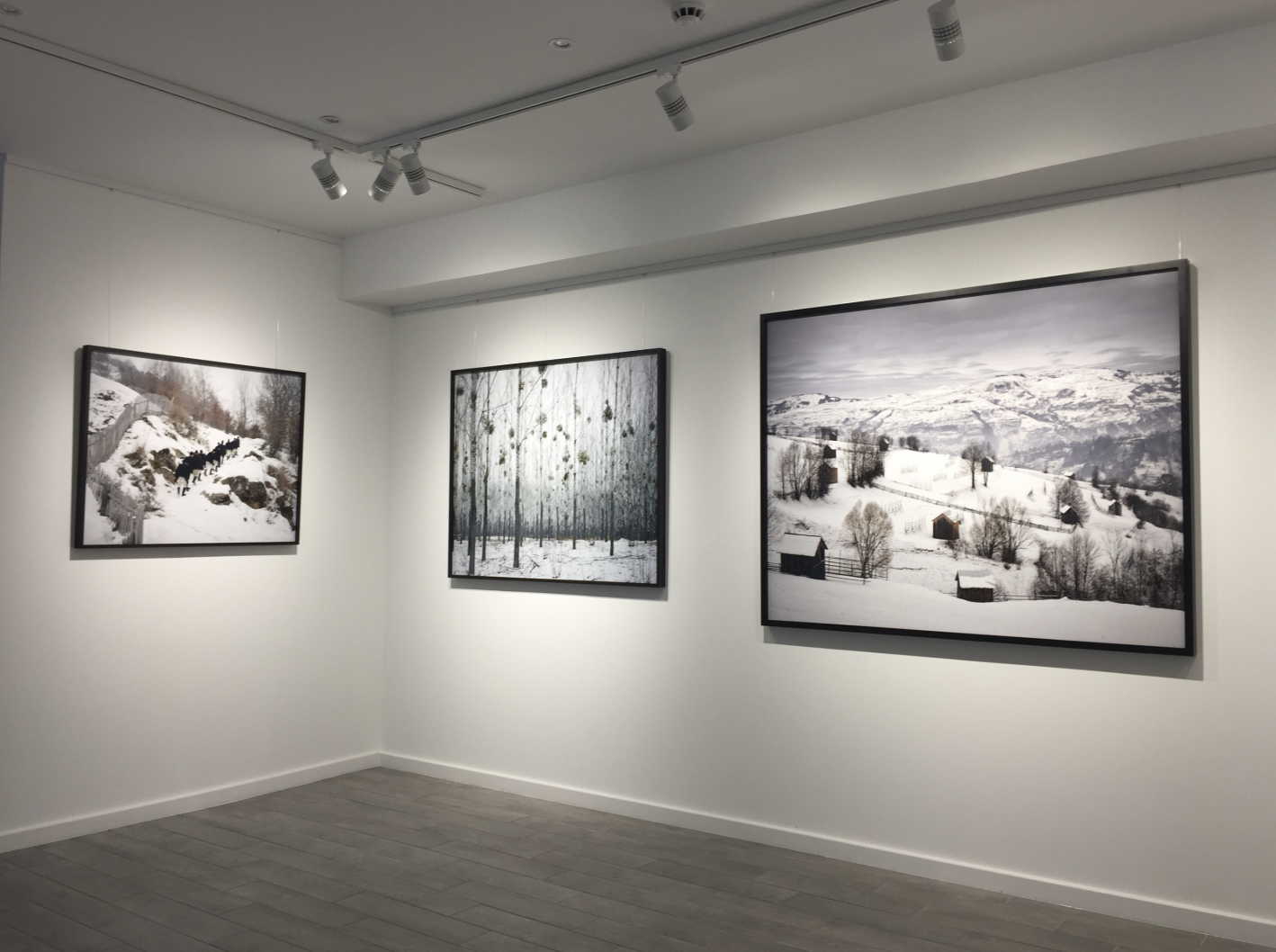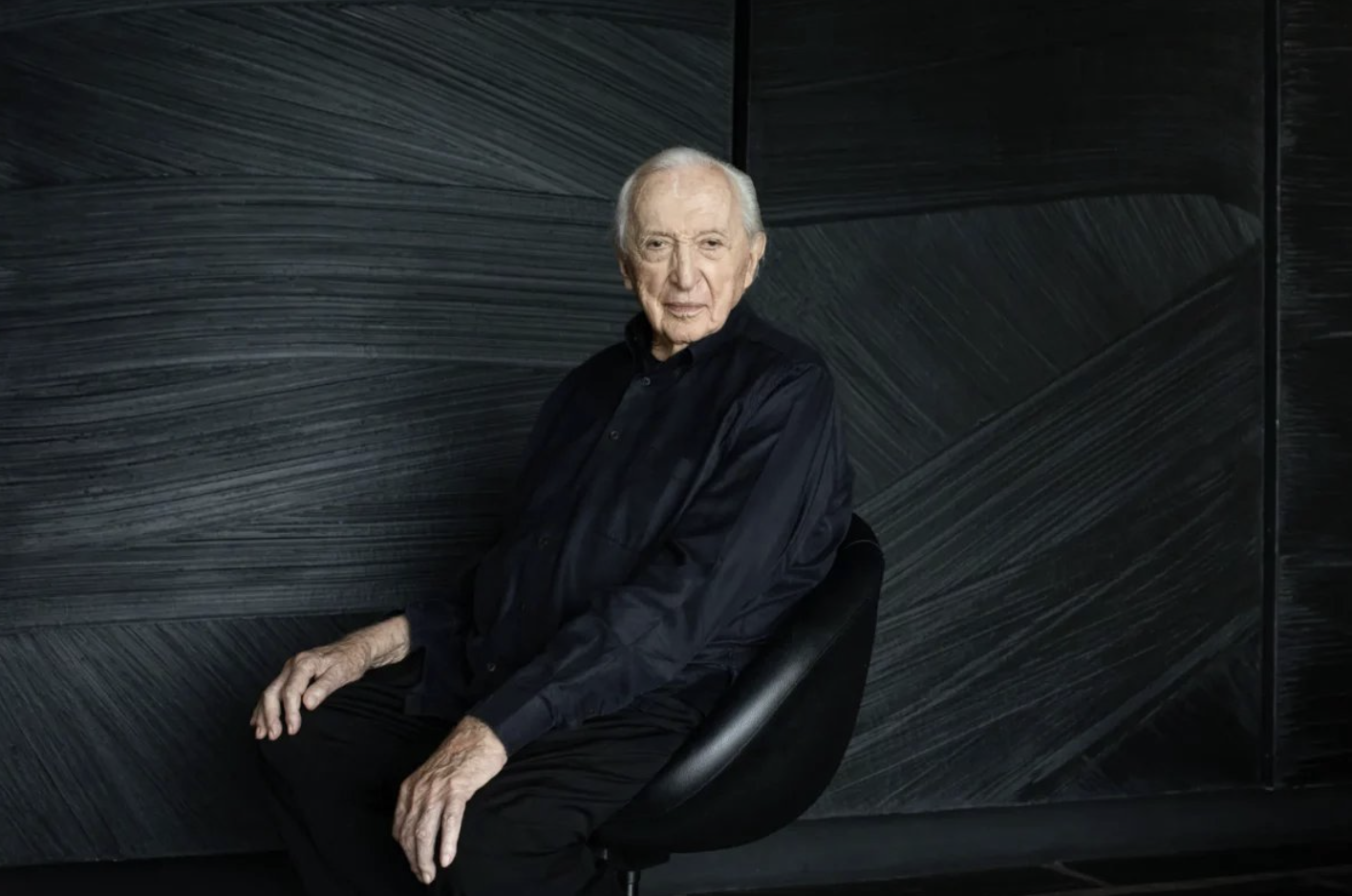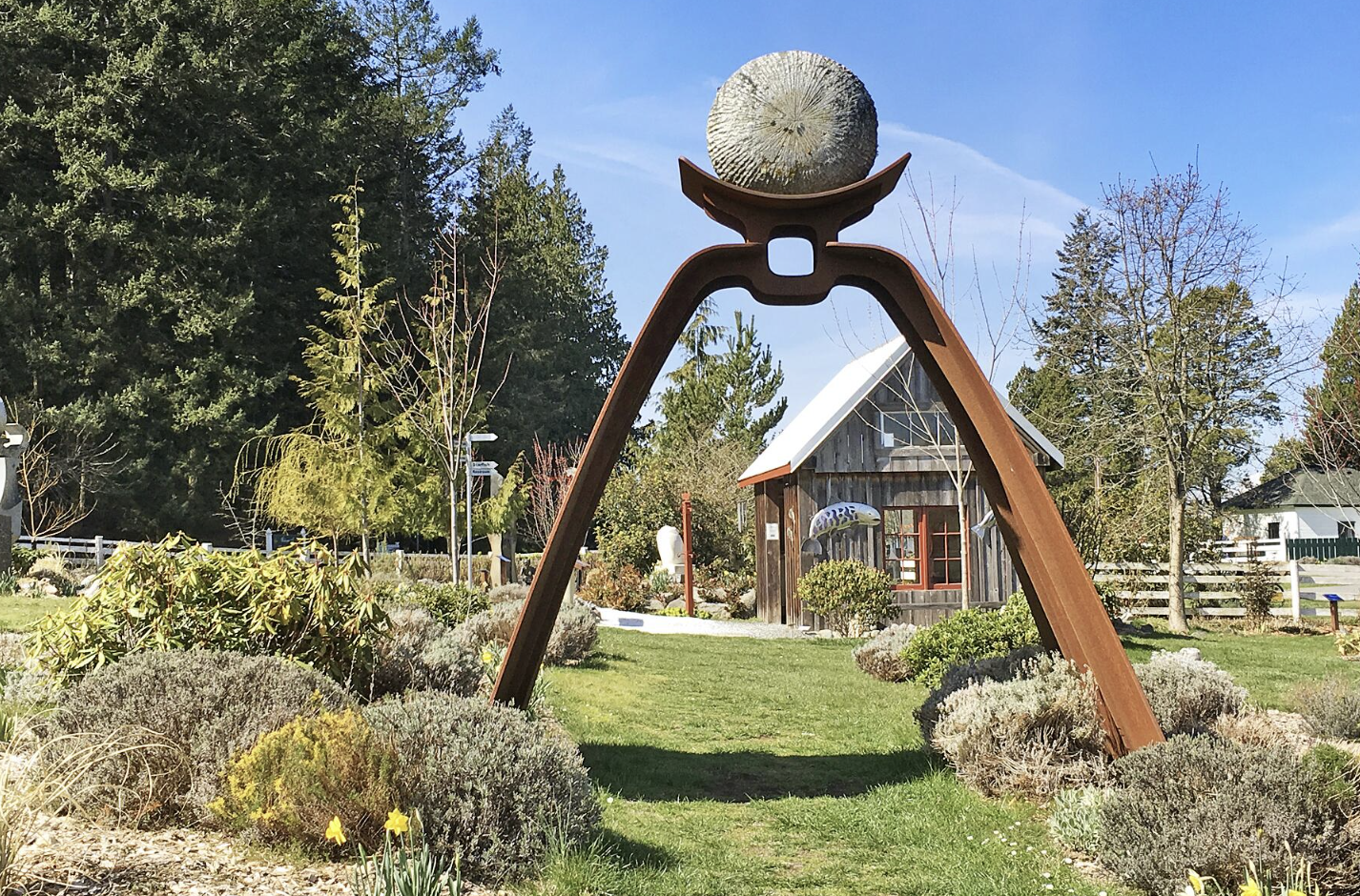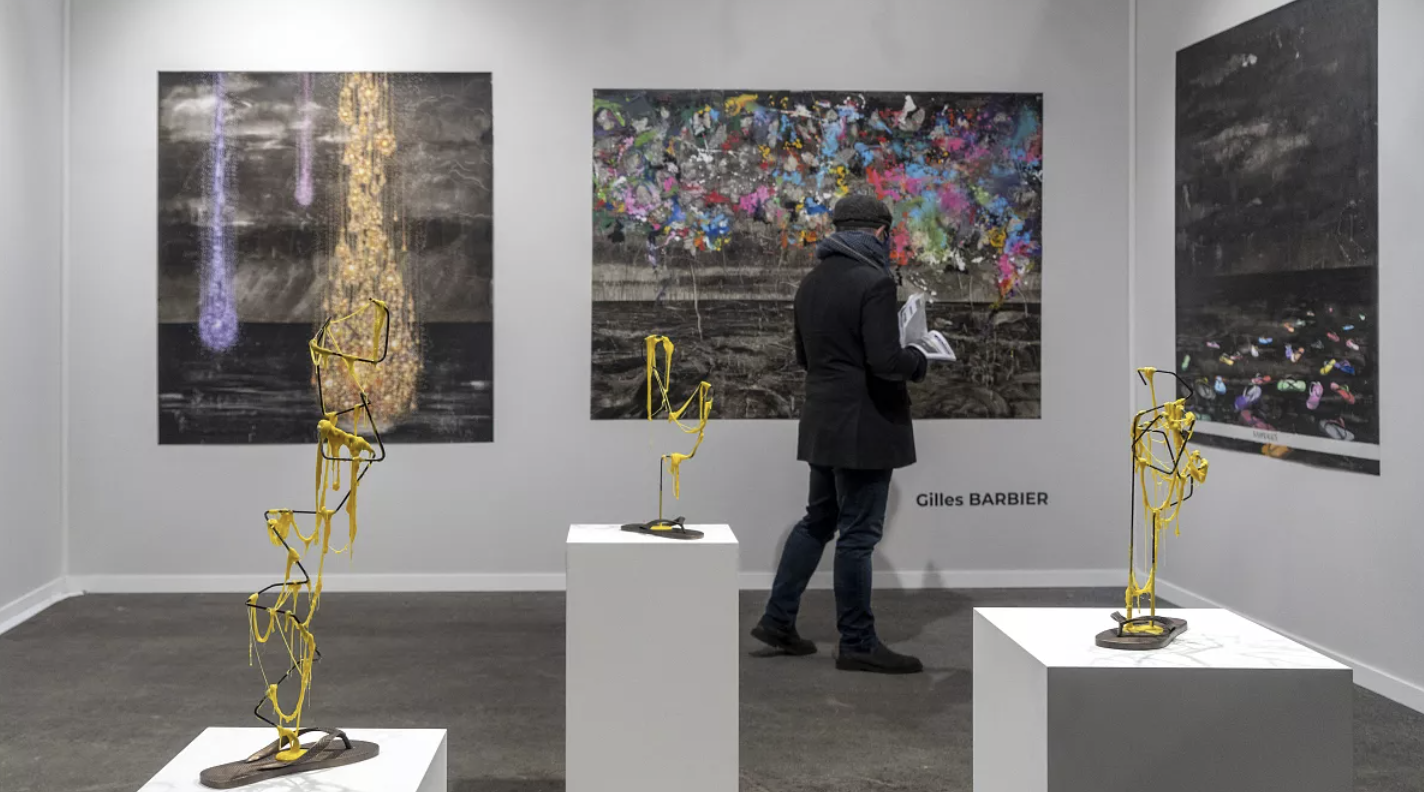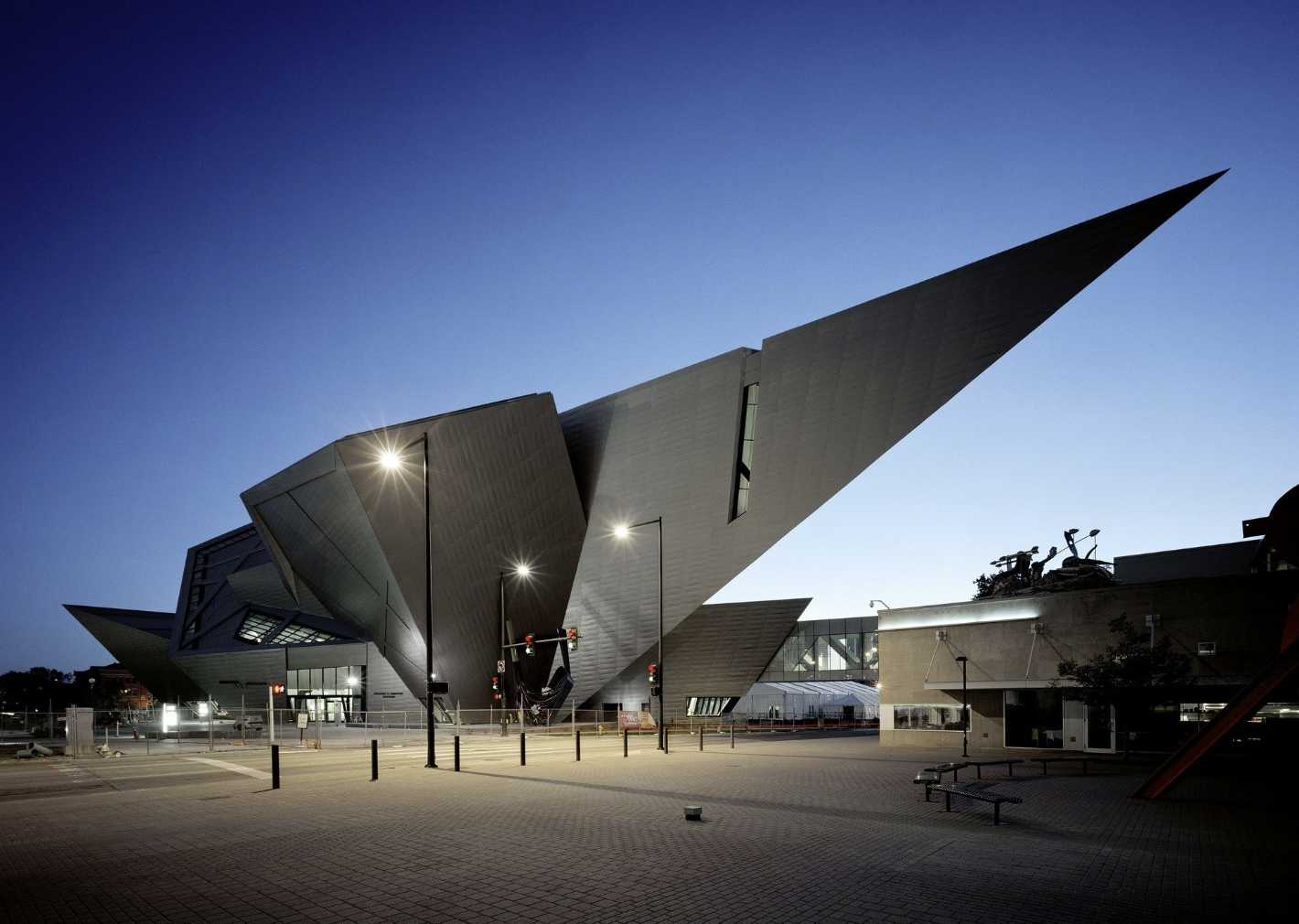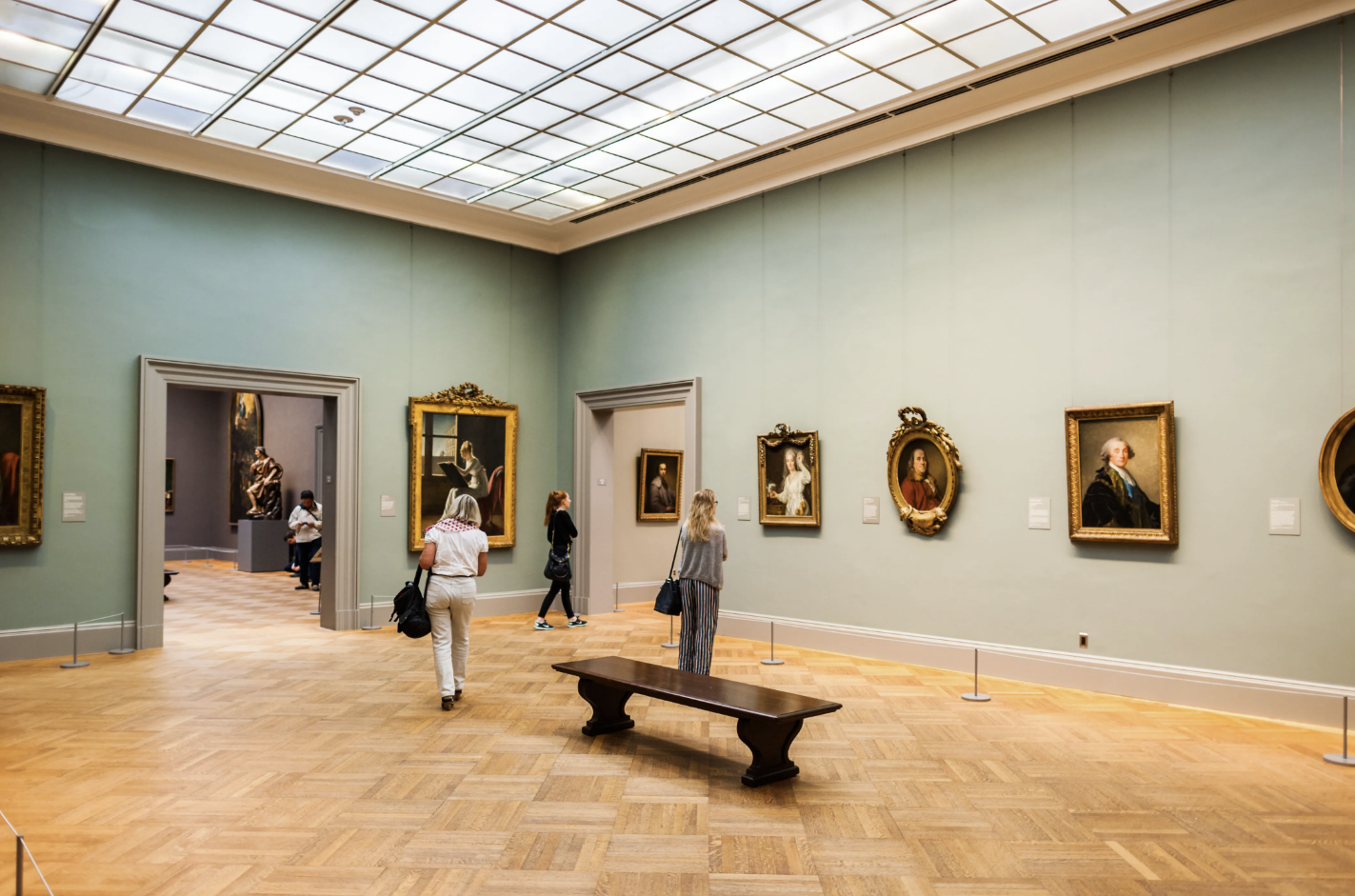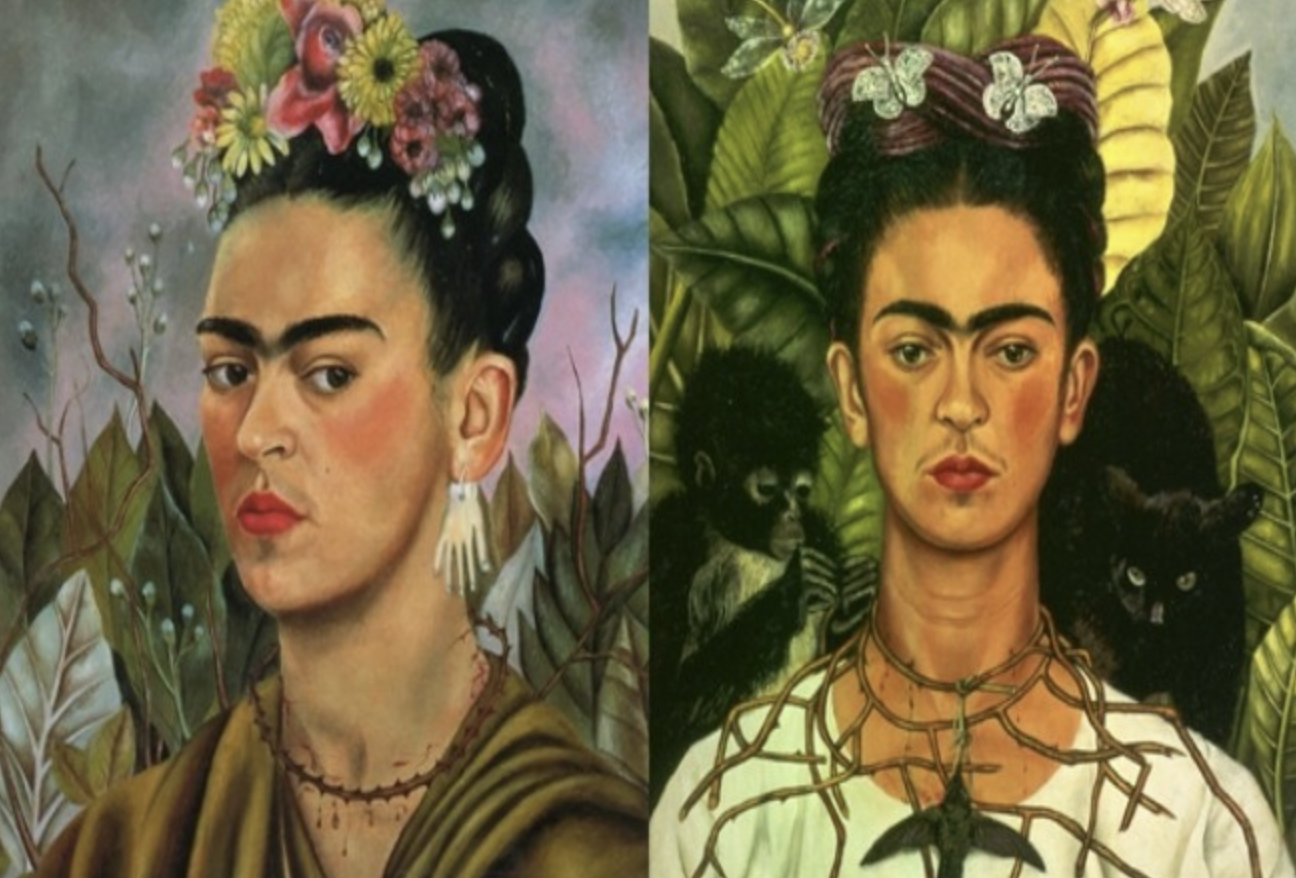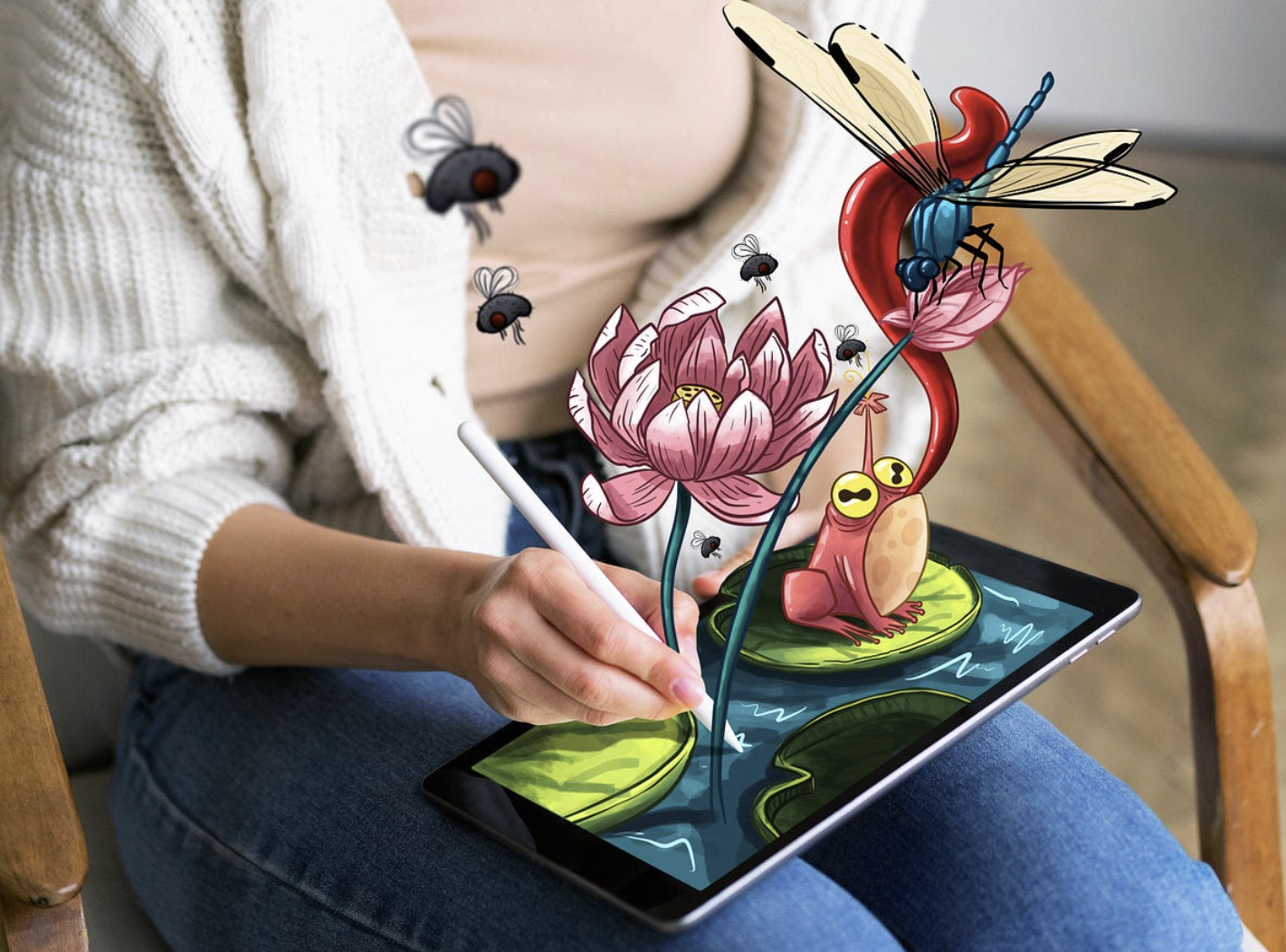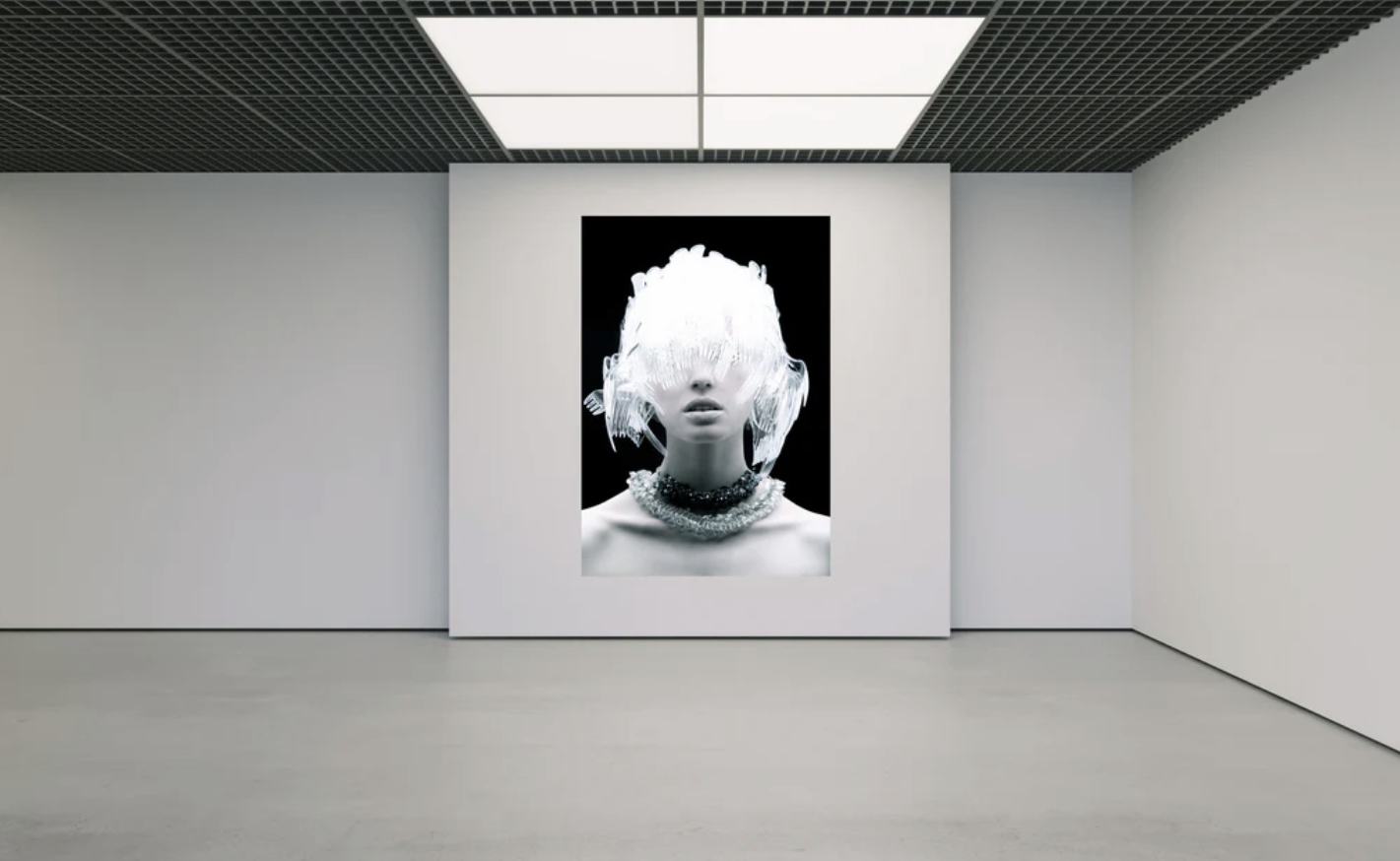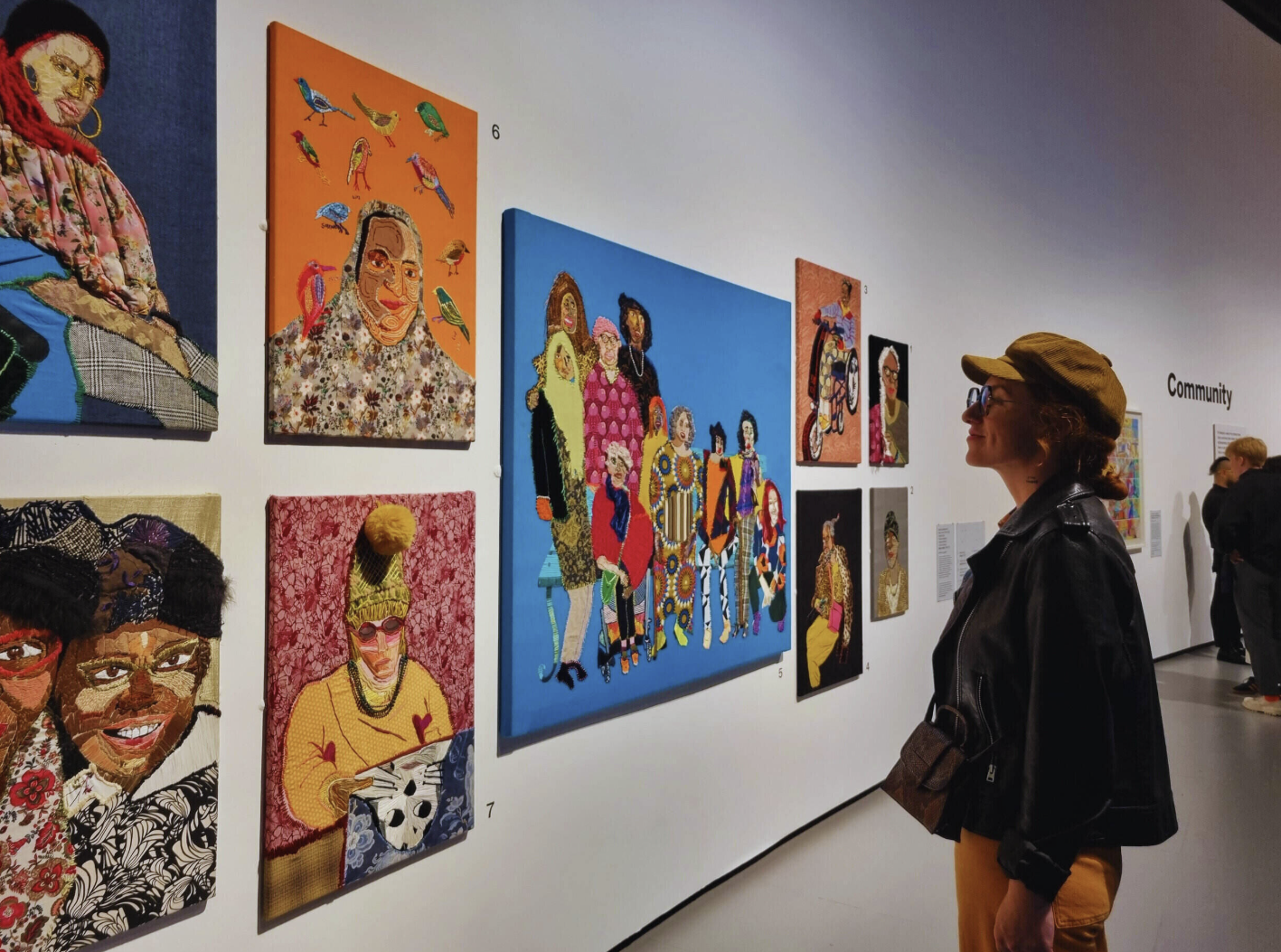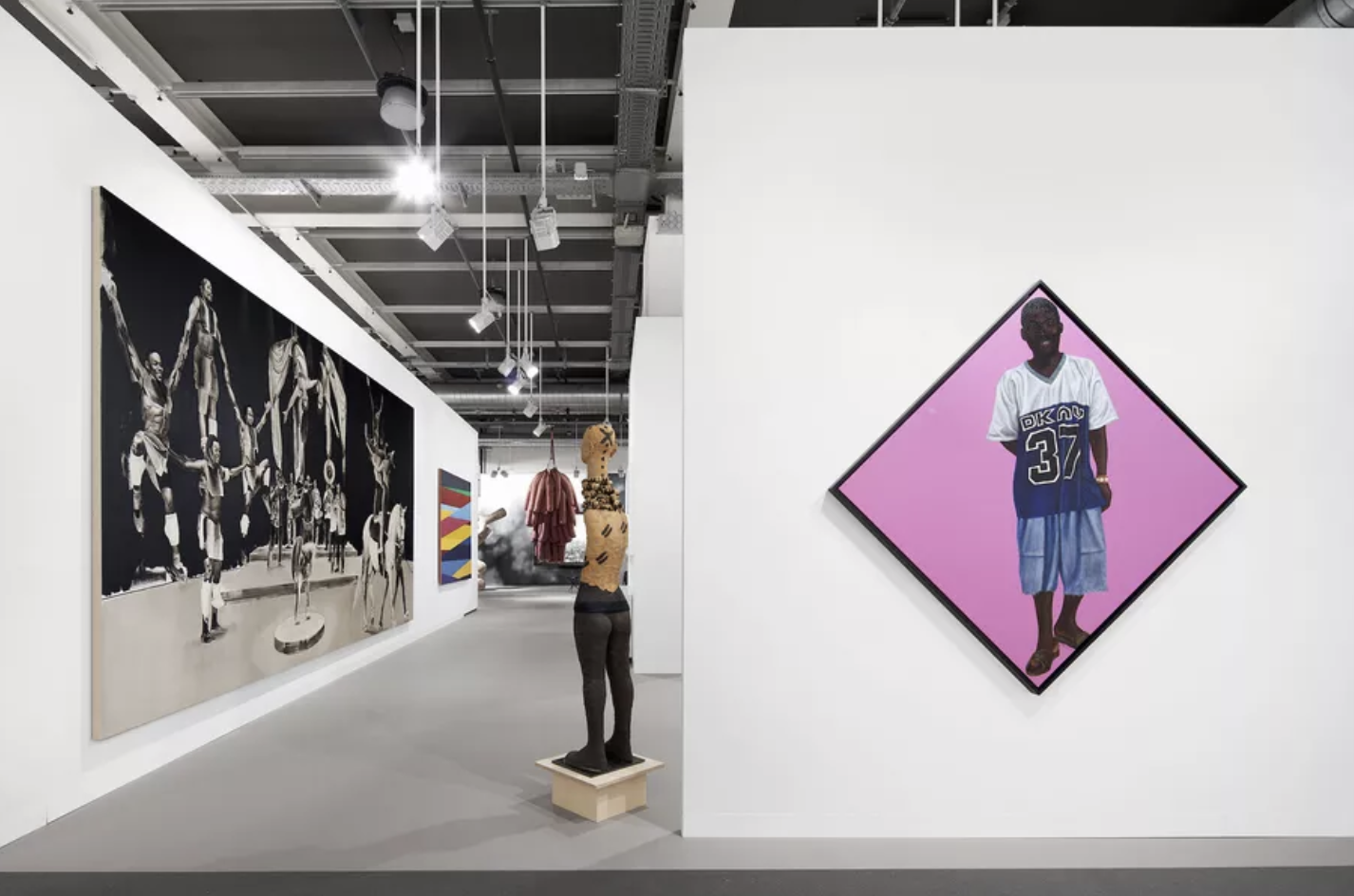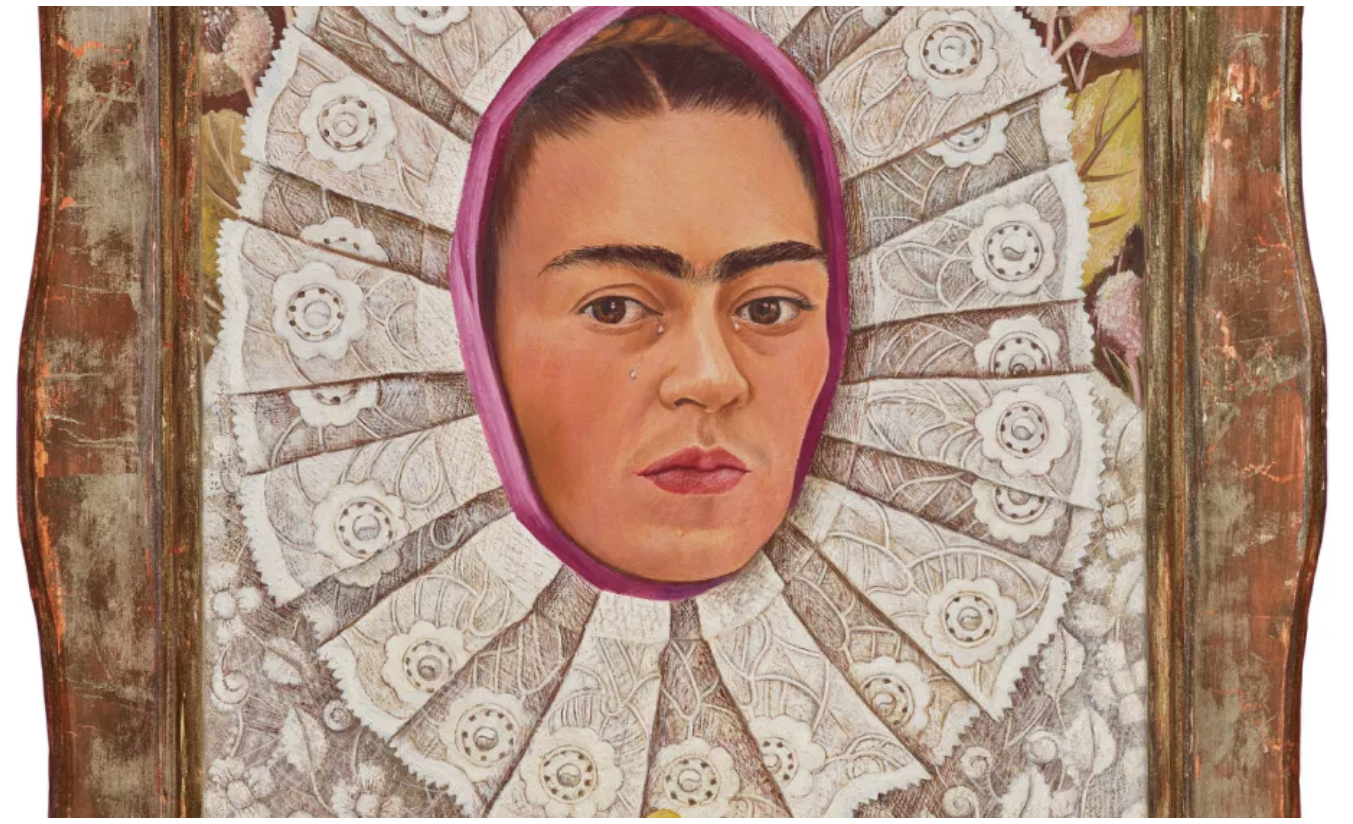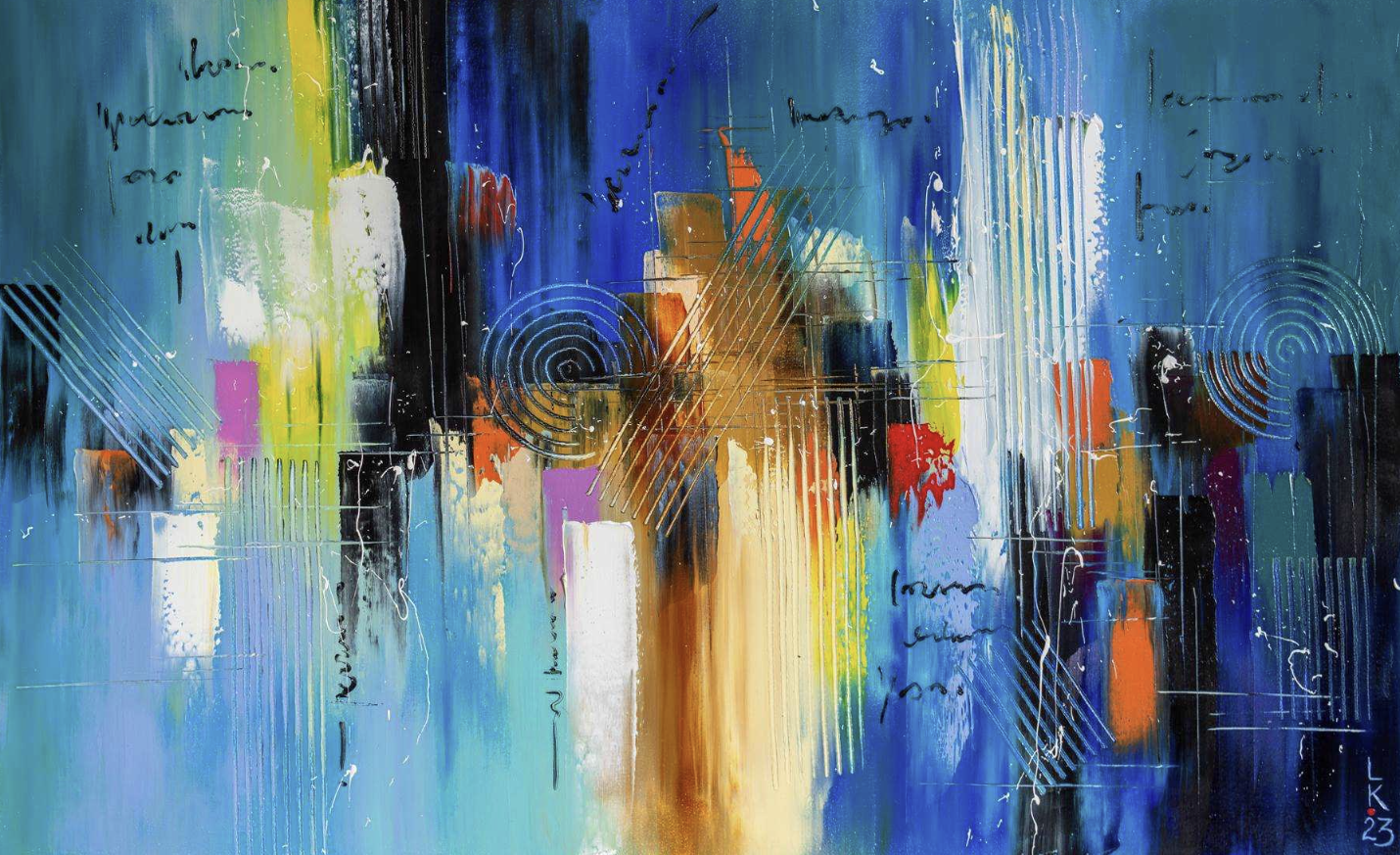
Before diving into a list of top contemporary artists, it’s essential to understand the difference between Modern and Contemporary art. While the terms are often used interchangeably in everyday language, they have distinct meanings in the art world. The debate over when Modern art ends and Contemporary art begins is ongoing. Some argue that art made after World War II qualifies as Contemporary, while others consider all art made by living artists to be “contemporary.” Meanwhile, Modern art is often defined as the period from the 1860s to the 1960s.
Setting aside the confusion over timelines, what unites Modern and Contemporary art is their shared focus on breaking from tradition. Modern art rejected conventional perspectives and subject matter, while Contemporary art moved the focus from content to the process of creating. Contemporary artists are known for experimenting with new materials and mediums such as performance art, street art, AI, and augmented reality.
Here are some of the most influential artists shaping both the Modern and Contemporary art worlds.
Top Modern Artists
Jeff Koons: The Icon of Mass Culture
Jeff Koons is one of the most recognizable figures in Contemporary art, renowned for exploring themes like fame, gender, race, and sexuality. A former Wall Street trader, Koons has been dubbed an “idea man” for his conceptual approach to art. Rather than physically creating his pieces, Koons uses computers to design his works, which are then executed by teams of fabricators. His ability to elevate everyday objects into high art, such as his famous balloon animals, has made him a cornerstone of mass culture in the art world.
Damien Hirst: A Provocative Contemporary Artist
Known for his boundary-pushing works, British artist Damien Hirst often explores themes of death, rebirth, and mortality. His most famous works feature animals preserved in formaldehyde, challenging viewers to confront life and death. Hirst’s exhibition Treasures from the Wreck of the Unbelievable, displayed at the 2017 Venice Biennale, filled museums with hundreds of objects allegedly recovered from an ancient shipwreck. Hirst’s record-breaking sales, including his diamond-encrusted skull For the Love of God, sold for $100 million, solidify his place as one of the most influential contemporary artists.
David Hockney: Bridging Modern and Contemporary Art
David Hockney, a prominent figure in the Pop Art movement of the 1960s, transcends the boundaries between Modern and Contemporary art. Known for his vivid depictions of everyday life and his mastery of light, Hockney’s work combines the influence of Pop art with photography. His paintings have been exhibited worldwide, including at institutions like the Tate Gallery and the MET, making him one of the most celebrated British artists of our time.
Christopher Wool: Post-Conceptual Art at Its Best
Christopher Wool is a leading post-conceptual artist, renowned for his word-based paintings and large-scale abstract works. His paintings often feature text, questioning the repetitiveness and meaning of modern life. Wool’s most famous work, Apocalypse Now, based on the famous film, sold for $26 million in 2013. His use of language and urban-inspired aesthetic has earned him a place among the top figures in contemporary art.
Jenny Saville: Challenging the Female Form
Jenny Saville’s paintings, particularly her large-scale depictions of the female body, challenge conventional beauty standards. Known for her powerful, naturalistic portrayals of overweight women, Saville sought to counter the unrealistic portrayals of women in the media. Her work empowers women by presenting a more inclusive and diverse representation of the female form.
Top Contemporary Artists to Follow
Cecily Brown: The Revival of Painting
London-born Cecily Brown’s vibrant and energetic works often explore the tension between abstraction and figuration. With influences ranging from Willem de Kooning to Francis Bacon, Brown’s paintings often depict fragmented bodies amidst swirls of color. Known for her exploration of sexuality and violence, Brown has been a key figure in the resurgence of painting at the turn of the millennium.
Yayoi Kusama: Polka Dots and Infinite Worlds
Yayoi Kusama is a Japanese artist renowned for her use of polka dots, which reflect her personal experiences with hallucinations. Her signature “infinity net” paintings, where repetitive marks cover entire canvases, evoke a sense of boundlessness and infinity. Kusama’s work spans multiple media, including installations and sculptures, making her a significant figure in both Pop Art and Minimalism.
Takashi Murakami: The Japanese Andy Warhol
Takashi Murakami is one of the most influential contemporary artists from Japan. Known for his Superflat style, Murakami blends traditional Japanese art with contemporary pop culture, creating a unique combination of anime-inspired aesthetics and traditional painting techniques. His vibrant, large-scale works have made him a global name, and he’s often referred to as the “Japanese Andy Warhol.”
Ai Weiwei: The Activist Artist
Ai Weiwei is a Chinese artist known not only for his art but also for his outspoken political activism. His works, which range from sculpture to installation, often challenge oppressive regimes, particularly the Chinese Communist Party. Ai’s art confronts issues of freedom and human rights, making him one of the most important and controversial contemporary artists today.
Anselm Kiefer: A Neo-Expressionist Powerhouse
Anselm Kiefer is a German artist known for his large-scale paintings that address the dark aspects of history, particularly the legacy of World War II. Kiefer’s works, which often use heavy textures and symbolism, make ironic comments on German history, specifically the Nazi era. As a prominent neo-expressionist, Kiefer’s art continues to engage with the past while exploring the impact of historical trauma.
These artists have left an indelible mark on the art world, whether through innovative techniques, thought-provoking themes, or sheer visual impact. As the line between Modern and Contemporary art continues to blur, these creators are shaping the future of art and inspiring new generations of artists and art lovers alike.



